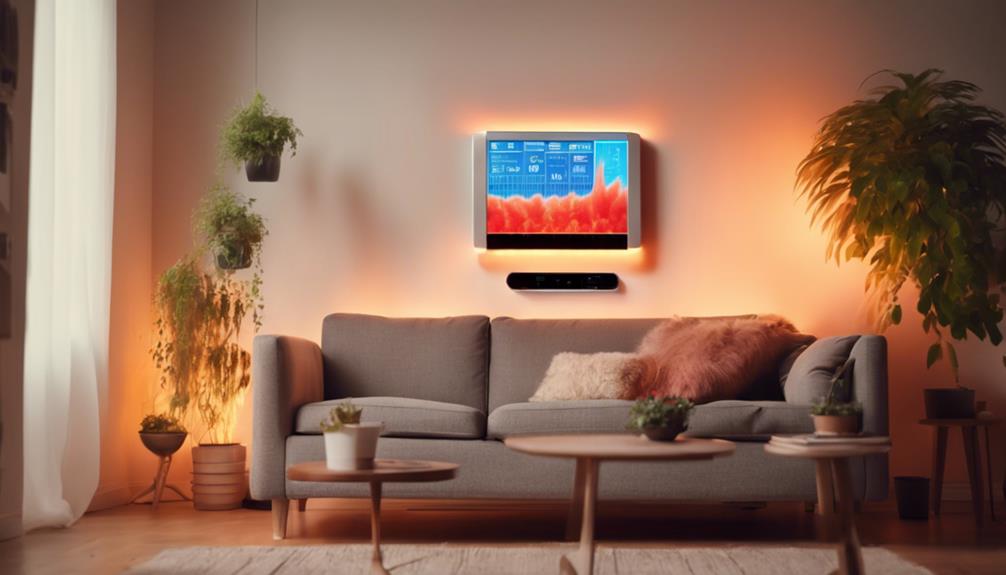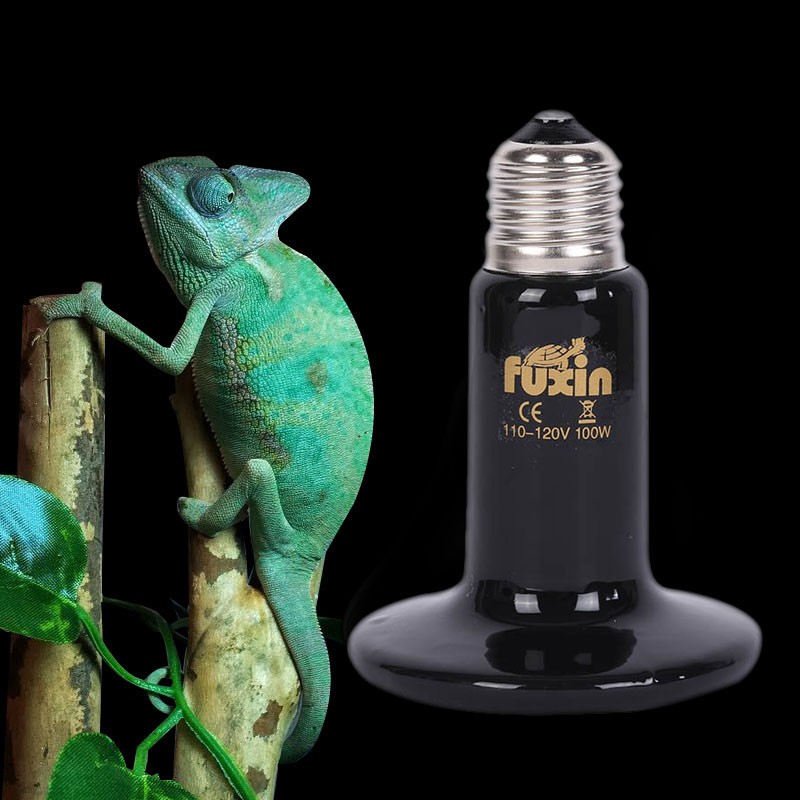
To enhance energy efficiency with your infrared heaters, start by placing them at about 8 feet high for ideal warmth distribution. Keep them centrally positioned in large areas to evenly spread heat, and consider the room layout for better circulation. Regularly clean and maintain your heaters to prevent performance issues, ensuring dust-free components and unclogged filters. Use thermostat controls wisely by scheduling heating times, adjusting temperatures based on occupancy, and utilizing eco modes for energy savings. Mastering these three tips will help you maximize your infrared heater's efficiency and effectiveness, making your space cozy and energy-efficient.
Proper Placement for Maximum Efficiency

To maximize efficiency when using infrared heaters, guarantee you place them at the ideal height and angle in the room. Proper placement is vital for optimal heat distribution and ensuring that the entire space receives warmth effectively.
When deciding where to position your infrared heater, take into account the room layout. For example, if you have a large open area, consider placing the heater in a central location to evenly distribute heat throughout the space.
Additionally, it's important to mount the heater at the correct height. Typically, infrared heaters should be installed at a height of around 8 feet above the floor for the best results. This height allows the heat to spread evenly across the room and reach individuals at a comfortable level.
Regular Maintenance for Optimal Performance
Regular maintenance plays an essential role in guaranteeing the ideal performance of your infrared heater. To keep your heater running efficiently, it's vital to adhere to a regular cleaning schedule and replace filters as needed. Dust and debris can accumulate over time, hindering the heater's performance. By following a consistent cleaning routine, you can prevent blockages and make sure that the heat is distributed evenly.
Check the manufacturer's recommendations for how often to clean your infrared heater. Typically, a monthly cleaning schedule is sufficient to maintain peak performance. During these cleaning sessions, focus on removing any dust or dirt from the heater's components.
Additionally, don't forget to inspect the filters regularly. If they appear clogged or dirty, it's time for a replacement.
Utilizing Thermostat Controls Effectively

For maximum energy efficiency, verify that you're effectively utilizing the thermostat controls on your infrared heater.
Setting smart scheduling on your thermostat is key. By programming your heater to turn on and off at specific times, you can guarantee it operates only when needed, saving energy. Adjust the temperature settings based on your usage patterns. Lowering the temperature when you're away or asleep and raising it when you're present can lead to significant energy savings.
Moreover, consider utilizing the thermostat's features, such as timers or eco modes, to optimize energy use. Timers can automatically adjust the temperature at different times of the day, aligning with your schedule. Eco modes help maintain a comfortable temperature while reducing energy consumption.
Regularly review and fine-tune your thermostat settings to guarantee they align with your heating needs and lifestyle. By mastering your thermostat controls, you can maximize the energy efficiency of your infrared heater and reduce your heating costs effectively.
Conclusion
By following these tips, you can maximize the energy efficiency of your infrared heaters.
Proper placement, regular maintenance, and utilizing thermostat controls effectively are key to getting the most out of your heating system.
With these simple steps, you can guarantee that your infrared heaters are running at their best, keeping you warm and comfortable while also saving on energy costs.
Make the most of your heating system by implementing these strategies today.

